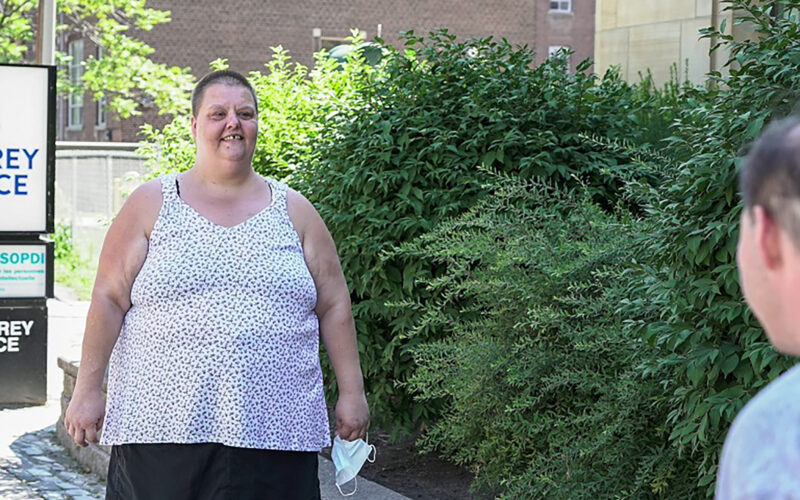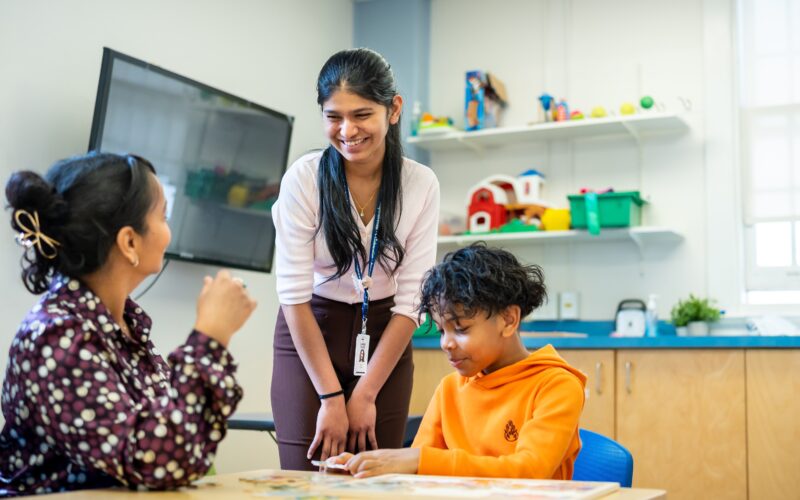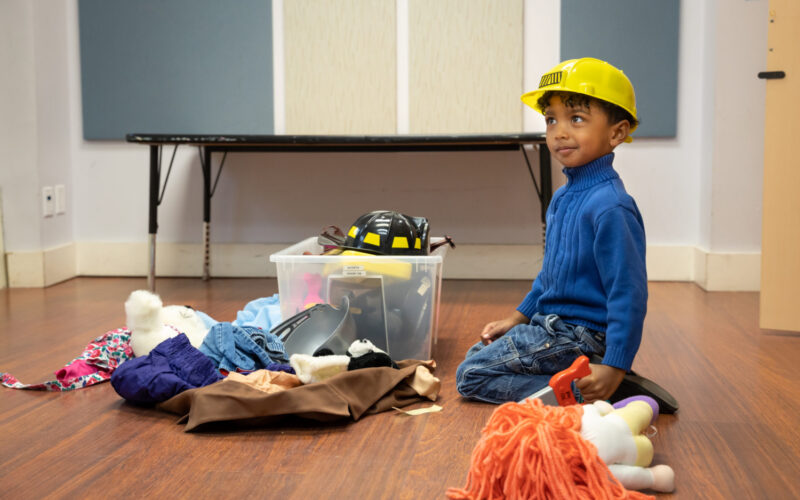Online learning is new to everyone and can be challenging for both children and parents. Below are some tips by for parents to help navigate virtual learning with their child at home.
Don’t expect perfection from your child. This is new to them and they will behave differently than they do at school during this time. Attending to a computer is much different than attending to a teacher face to face. You may need to adjust your expectations of your child and their learning during this time and go with the flow of your child’s needs.
Allow yourself, your child and teachers flexibility and grace during these extraordinary times.
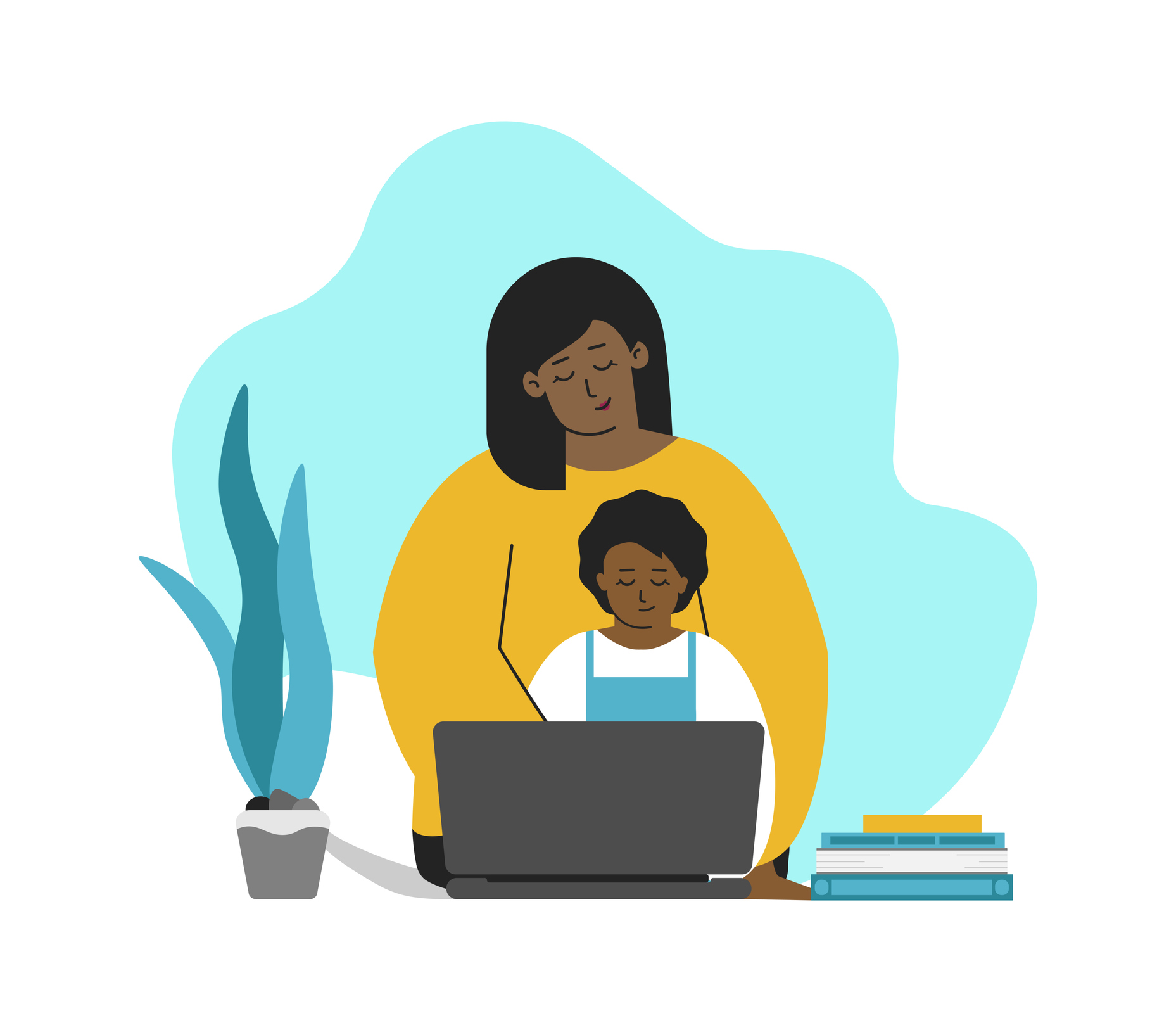
1. Know your role
Distance learning is not the same as home schooling – parents are NOT expected to take the place of their child’s teacher. Instead, parents should play a support role and ensure their student is present and engaged. Simply put, be their best advocate. (Kern County Superintendent of Schools Advocates for Children, 10 Parent Tips for Distance Learning Success).
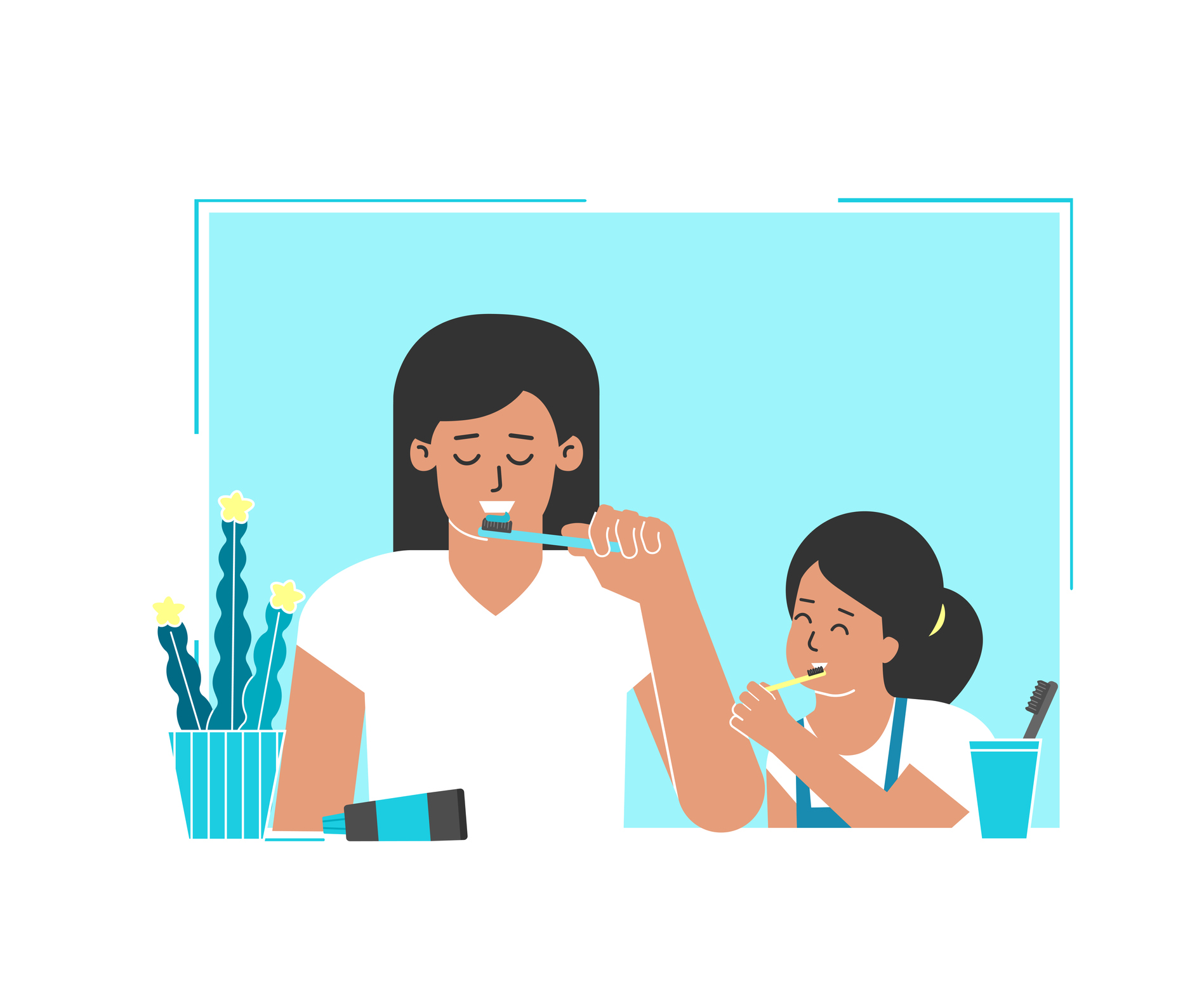
2. Keep your daily routine
Get your children up at the same time and keep the rest of the morning routine the same (get dressed, eat breakfast, brush teeth and hair) as if they were going to school. Keep your after-school routine and bedtime the same.

3. Use visuals
Schedule your child’s morning and afternoon with pictures, so he or she can see what will be happening and what is expected.
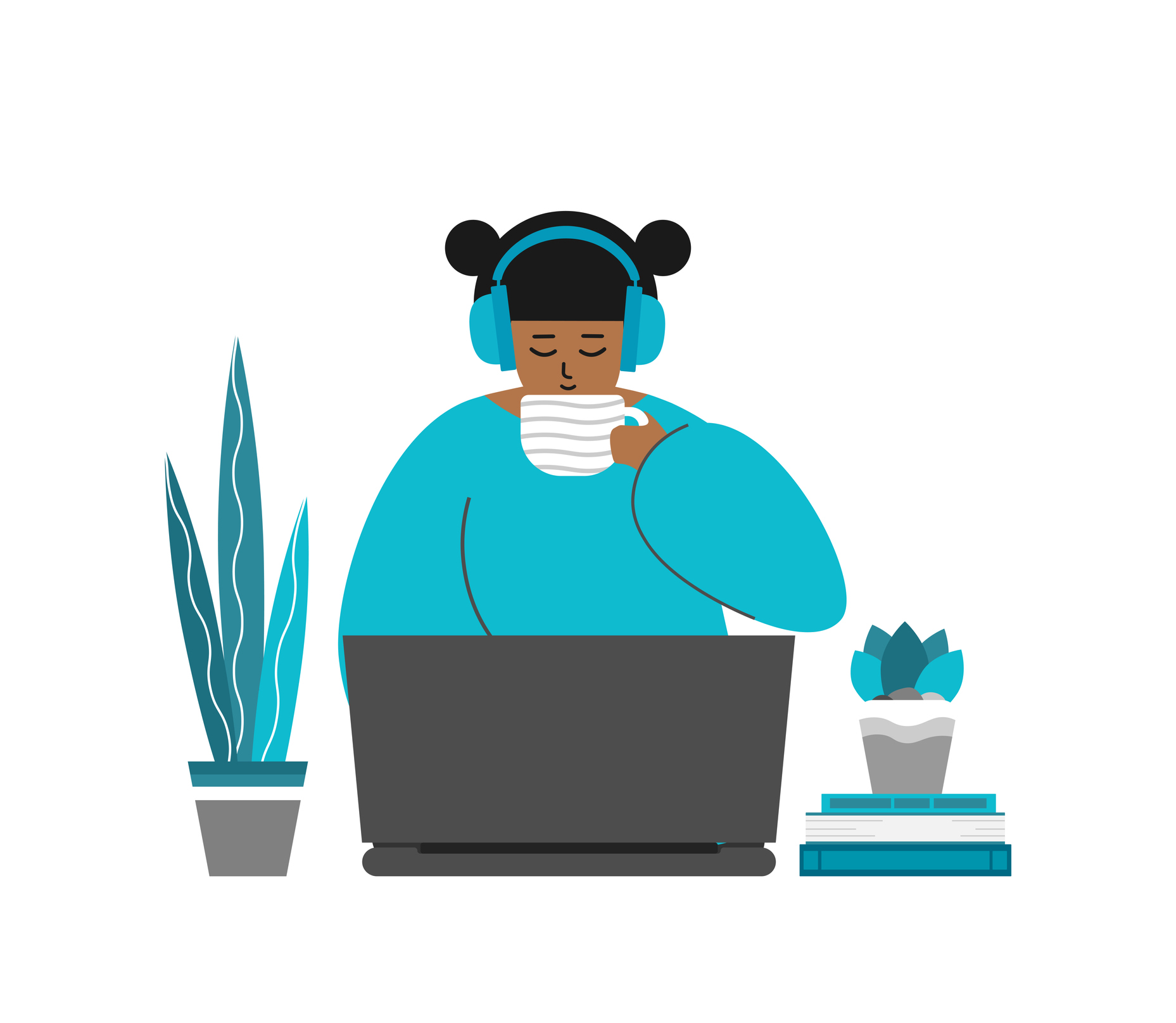
4. Create a space for learning
Sitting at a table, headphones if needed, where it can be quiet and distraction free. Have items such as fidget toys that may help your child focus.
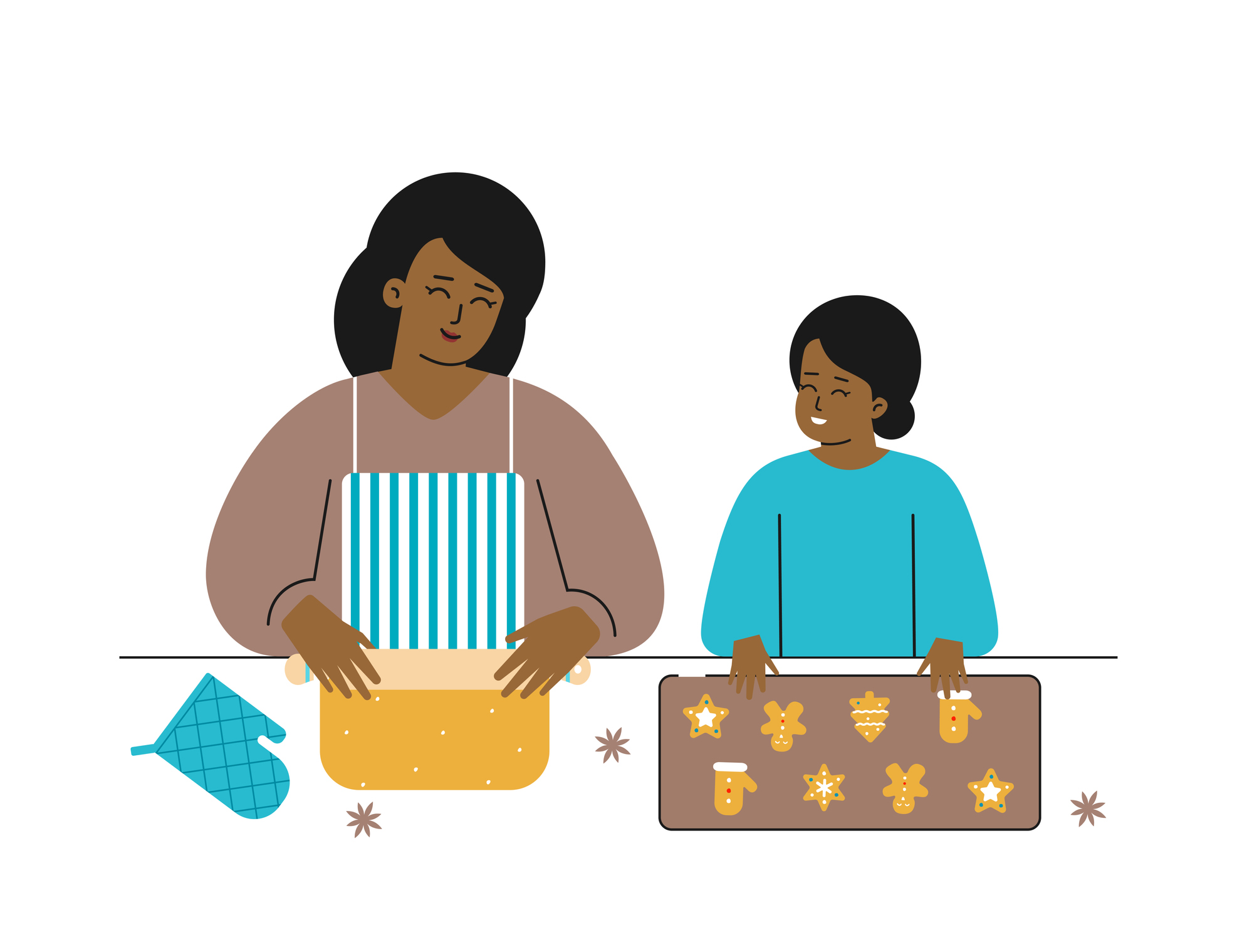
5. Give breaks often
You know your child and how long he or she can sit and attend. Allow for breaks before any challenging behaviour begins, even if it is not a schedule school break. During these breaks, have your child engage in physical activity, such as jumping, running, going outside. Breaks should not include technology.

6. Set a “start to class” timer
Set a timer to go off 2 to 3 minutes before class starts to let your child know that class is about to begin. This way it is the timer telling your child that break is over instead of you.

7. Allow for physical activity throughout the day
Some child learn and attend better when they are in movement. Your child may be able to jump on a trampoline AND pay attention to the teacher. As well, try to get your child outside at least once a day. Go for a walk, play tag, jump in puddles, play in the snow!
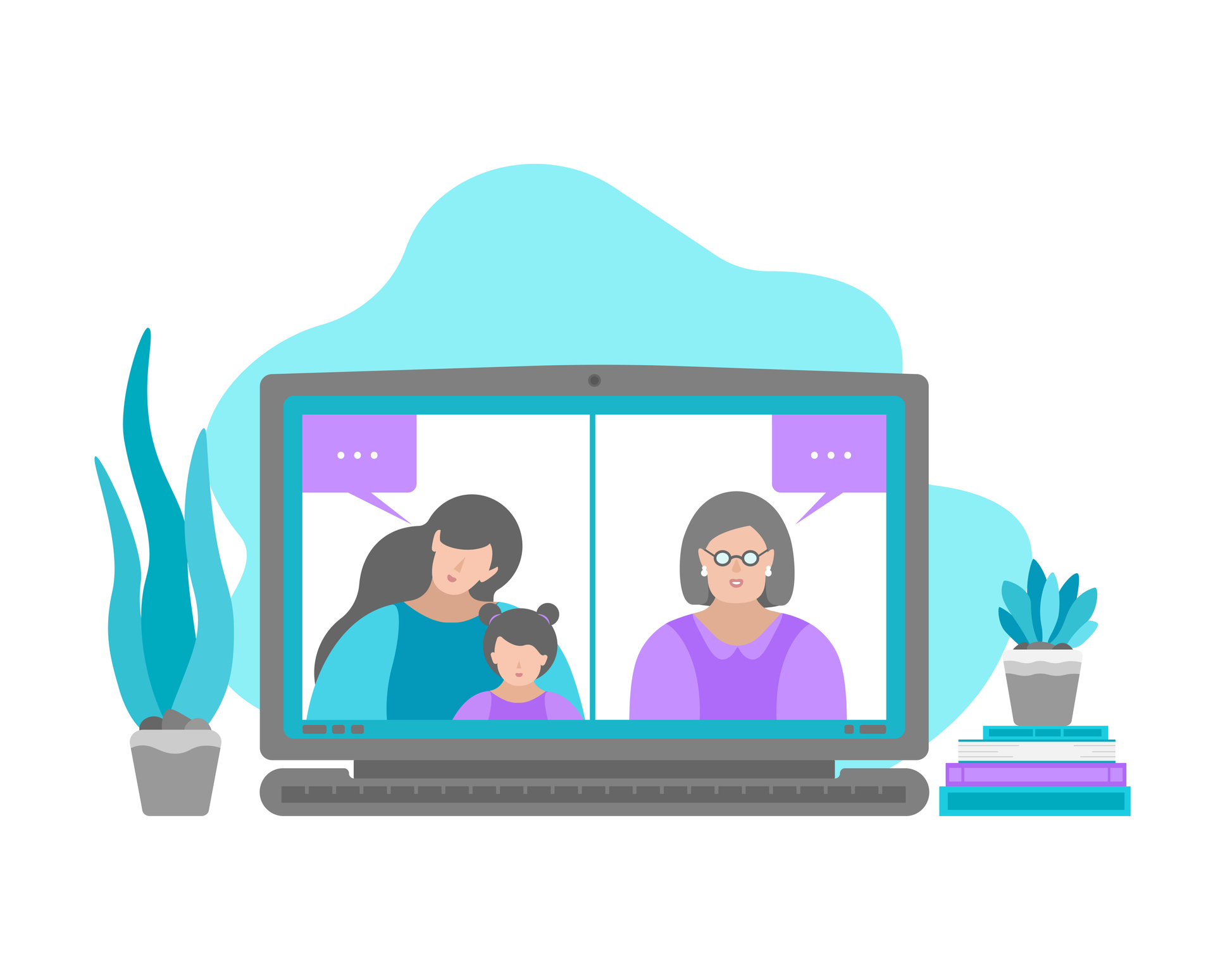
8. Communicate with the teacher
Let the teacher know what works and doesn’t work for your child. Let them know that your child will be taking more breaks, etc.
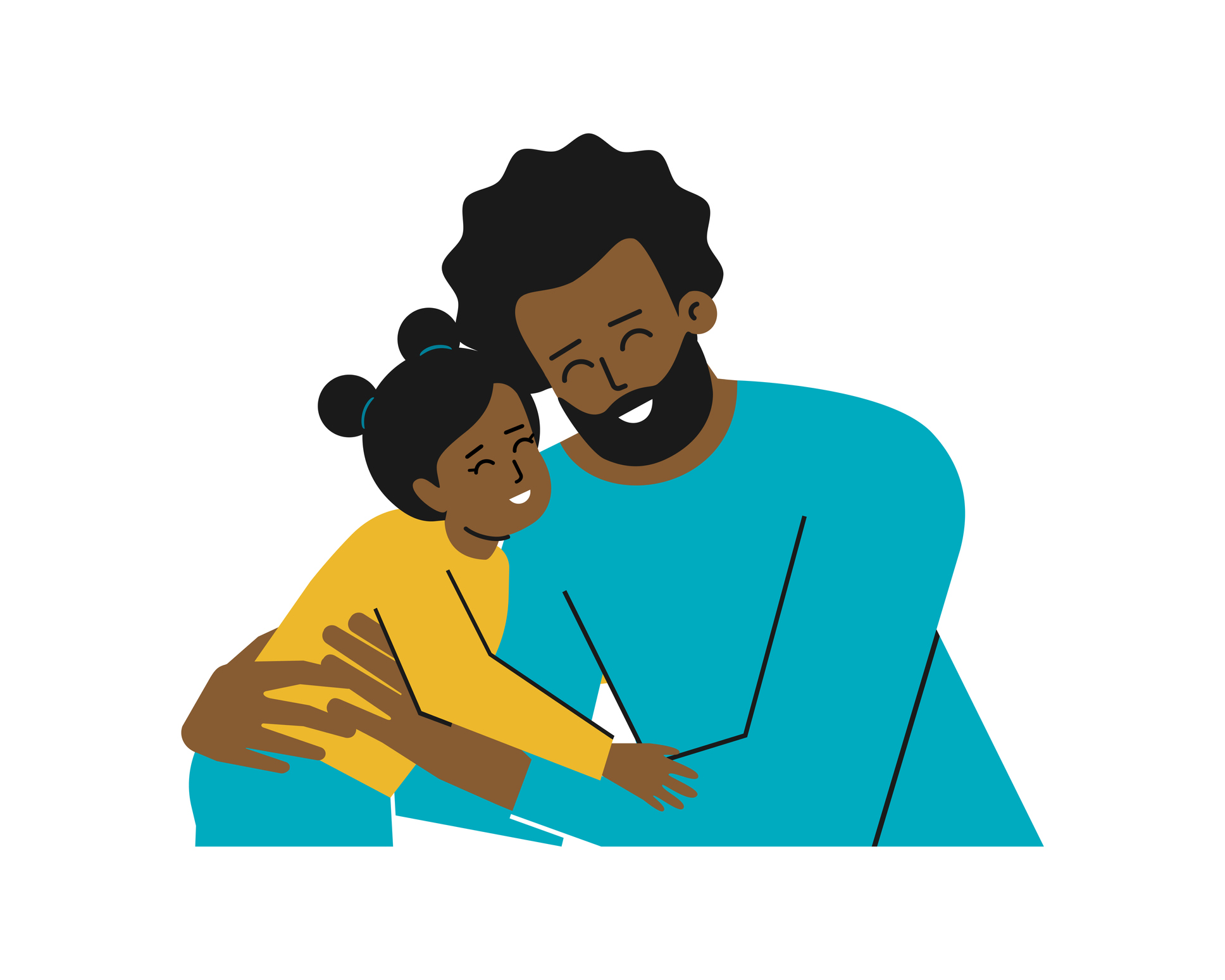
9. Praise your child
Praise your child throughout the day for any positive behaviours they are exhibiting. These could be small expectations such as sitting on a chair, answering a question, looking at the computer screen, being quiet.
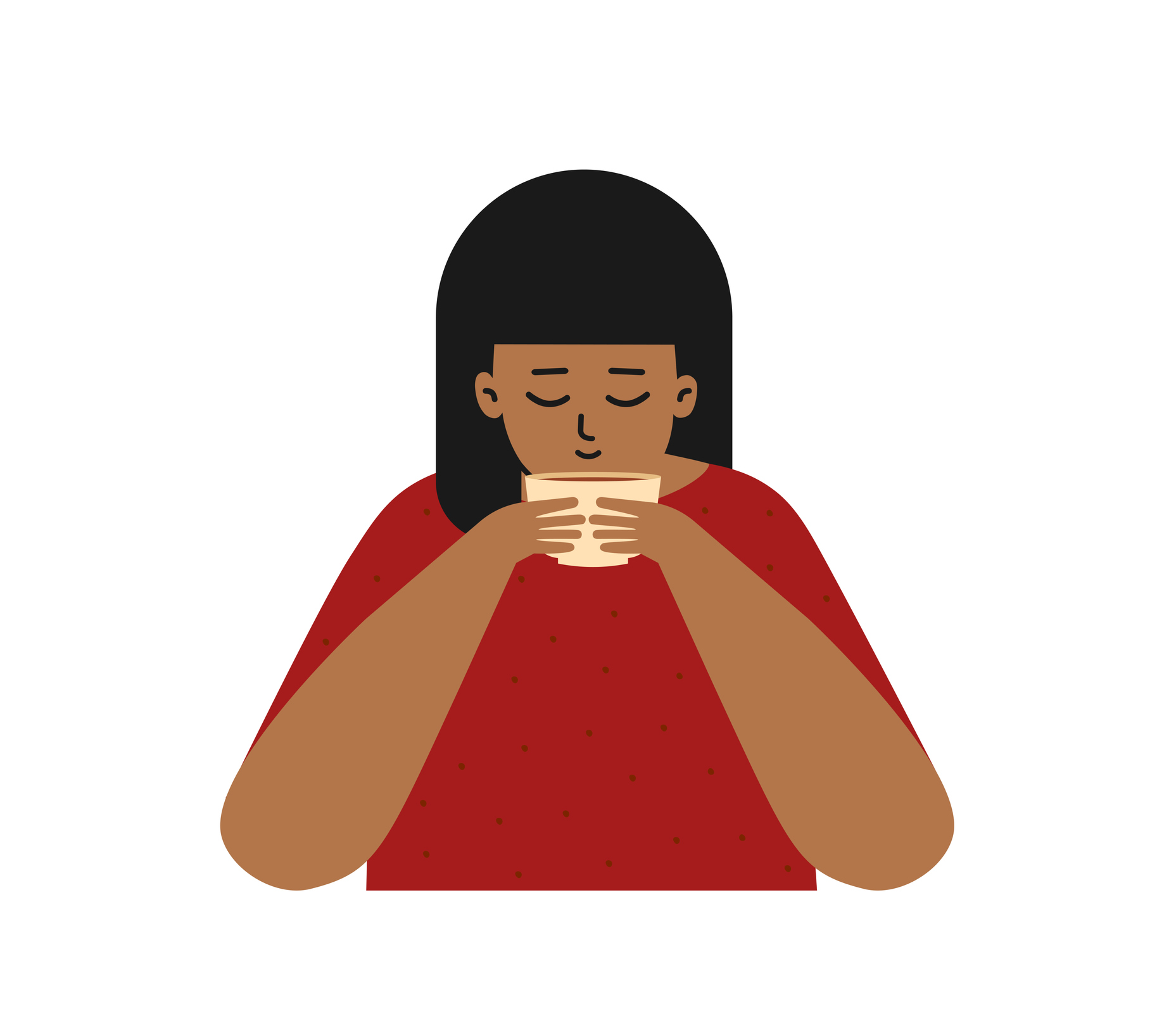
10. Practice self-care
Take time to focus on yourself at some point during the day as these times can be overwhelming. Taking deep breaths, mediate, have a bath, go for a walk. If you are feeling stressed, it is ok to go to another room for a few minutes for quiet.
Acknowledgements
Jennifer Tysick, M.ADS(ABA), BCBA and Erin Yuffe, M.Ed; Senior Behaviour Therapists, Infancy and Early Childhood Department
